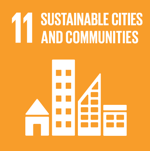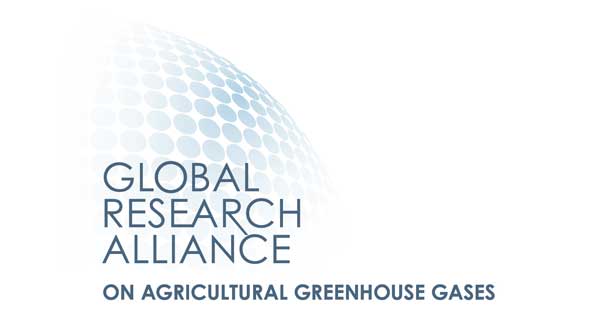Developing competitive livestock production systems with low greenhouse gas emissions in Central America
 Costa Rica
Costa Rica
 Honduras
Honduras
 Nicaragua
Nicaragua
 Panama
Panama
Executive Summary
Farms with lower intensification only have grazing systems and generate more CH4 emissions than higher intensified farms. In contrast, farms with greater intensification systems have feeding strategies such as supplementing lactating cows with commercial concentrates, minerals, and silage. Furthermore, they tend to implement more management strategies such as pasture management plans, soil analysis, technical fertilization recommendations, rest periods, proper animal load and type of grasses and legumes usage. All these strategies result in greater milk production per cow and lower CH4 emissions per liter of milk produced. Enteric fermentation is the main source of livestock emissions. Less intensified farms only have grazed animals and generate 103% more methane emissions than more intensified farms that supplement with forage banks and concentrates. Furthermore, more intensified farms produce an average of 2.1 more liters of milk per cow. The project was funded by the New Zealand Government as part of its contribution to the Global Research Alliance on Agricultural Greenhouse Gases (GRA).
The technological solution
Farms with lower intensification only have grazing systems and generate more CH4 emissions than higher intensified farms. In contrast, farms with greater intensification systems have feeding strategies such as supplementing lactating cows with commercial concentrates, minerals, and silages.
Furthermore, they tend to implement more management strategies such as pasture management plans, soil analysis, technical fertilization recommendations, rest periods, proper animal load and type of grasses and legumes usage. All these strategies result in greater milk production per cow and lower CH4 emission per liter of milk produced.
Results
Enteric fermentation (methane) is the main source of greenhouse gas (GHG) emissions. The most productive farms had lower emissions due to their mitigation strategies, such as supplementing with high-quality forage and using improved pastures. Methane emissions (CH4) constitute between 80 and 93% of GHG emissions. The remaining 20 to 7% comes from manure, electricity, fertilization and fuels. Farms with lower intensification only have grazing systems and generate more CH4 emissions than higher intensified farms. Medium and higher intensification farms implemented feeding (i.e., supplementing lactating cows with commercial concentrates) and management (i.e., rest periods and proper animal load) strategies. These result in greater milk production per cow and lower CH4 emissions per liter of milk produced. More intensified farms produced an average of 2.1 more liters of milk per cow. Furthermore, farms less intensified only have grazed animals and generate 103% more methane emissions than more intensified farms.
Beneficiaries
- 400 farms for carbon dioxide (CO2)-base line quantification
- 74 professionals trained
- 7 undergraduate and graduate level theses
Sustainable Development Goals






Project news
Participating Organizations
Executor
- Centro Agronómico Tropical de Investigación y Enseñanza (CATIE) - Costa Rica
Co-executor
- Instituto de Innovación Agropecuaria de Panamá (IDIAP) - Panamá
- Instituto Nacional de Innovación y Transferencia en Tecnología Agropecuaria (INTA) - Costa Rica
- Instituto Nicaragüense de Tecnología Agropecuaria (INTA) - Nicaragua
- Dirección de Ciencia y Tecnología Agropecuaria (DICTA) - Honduras
Graphics and data
Financing by country (in USD)




































